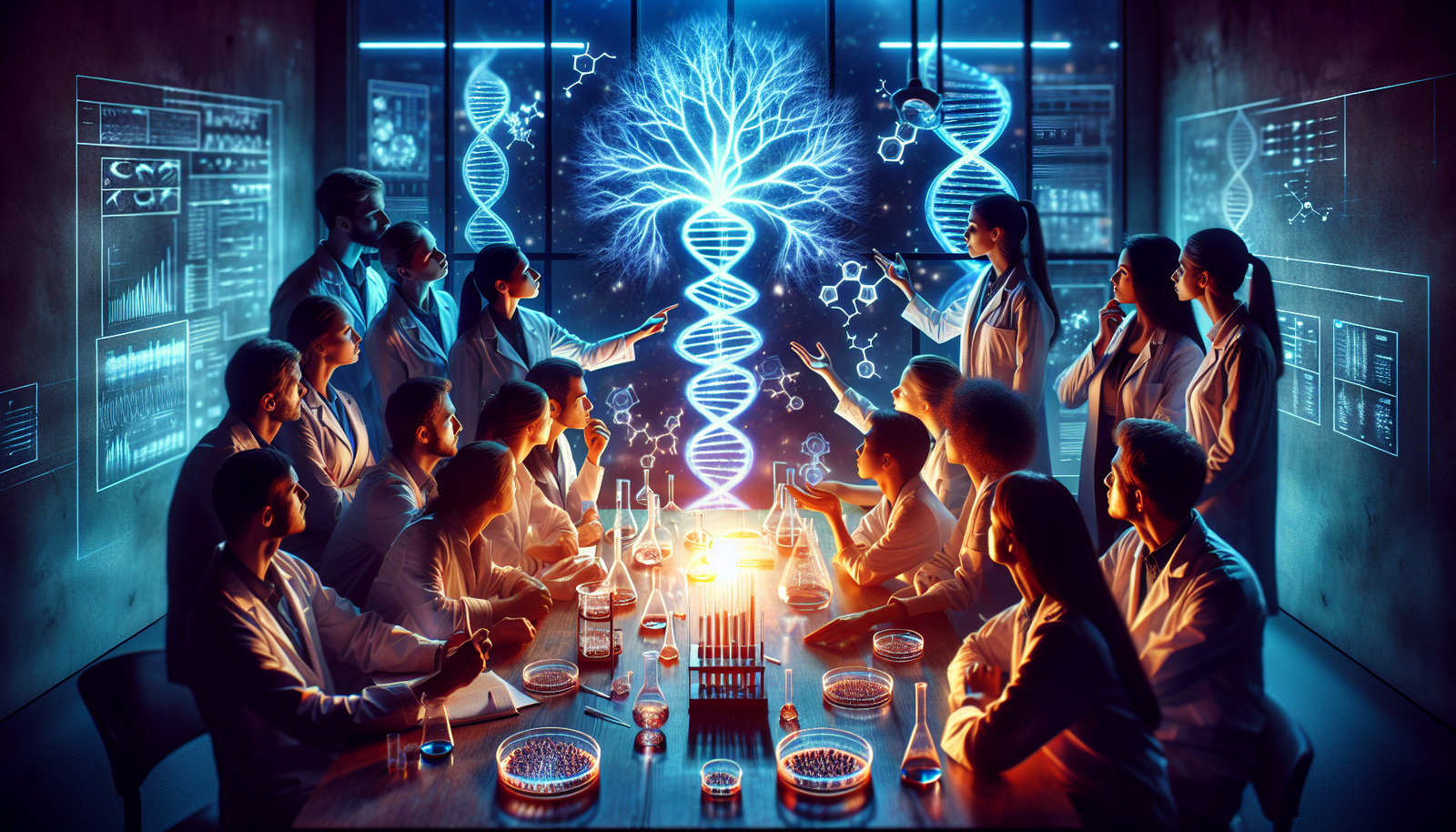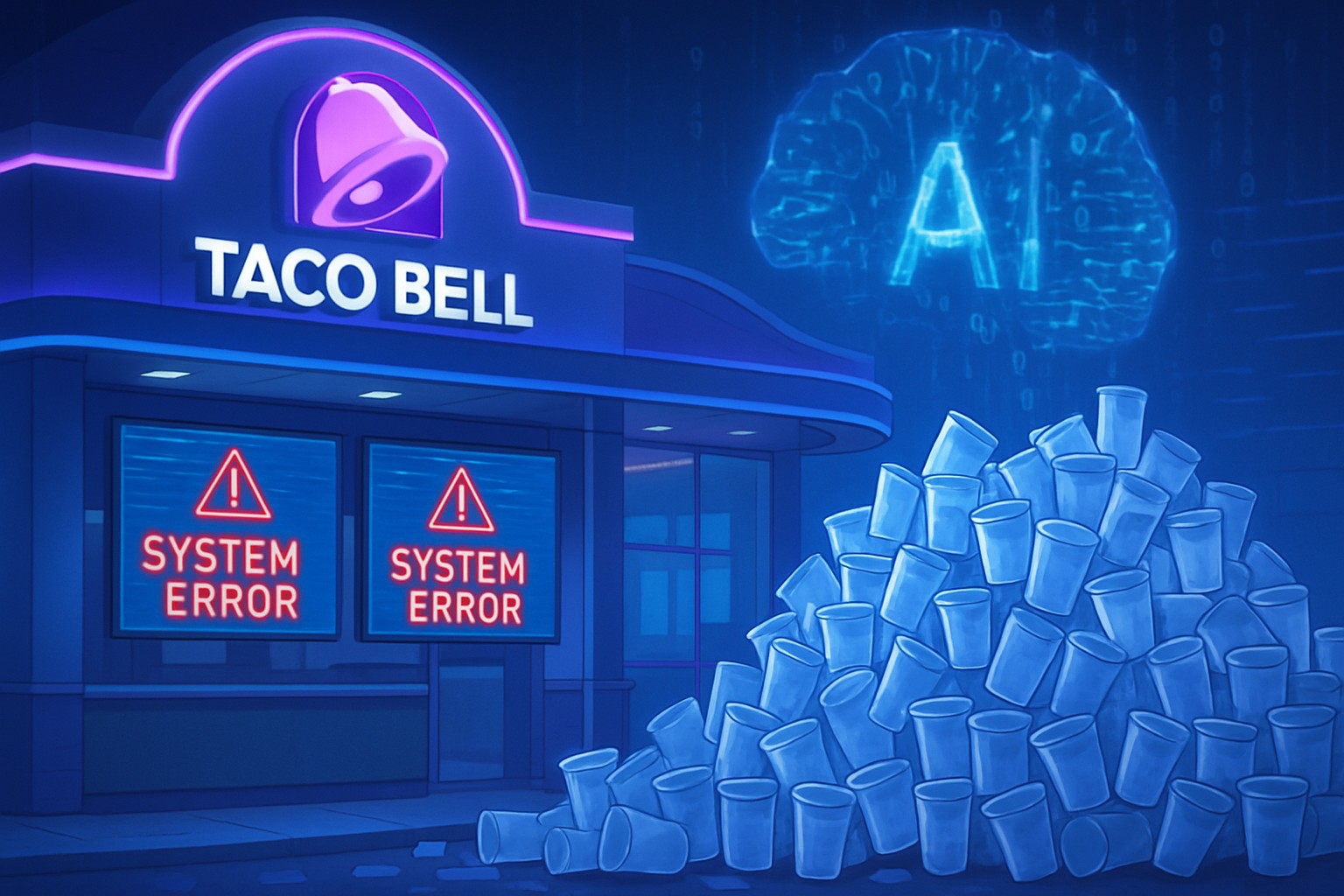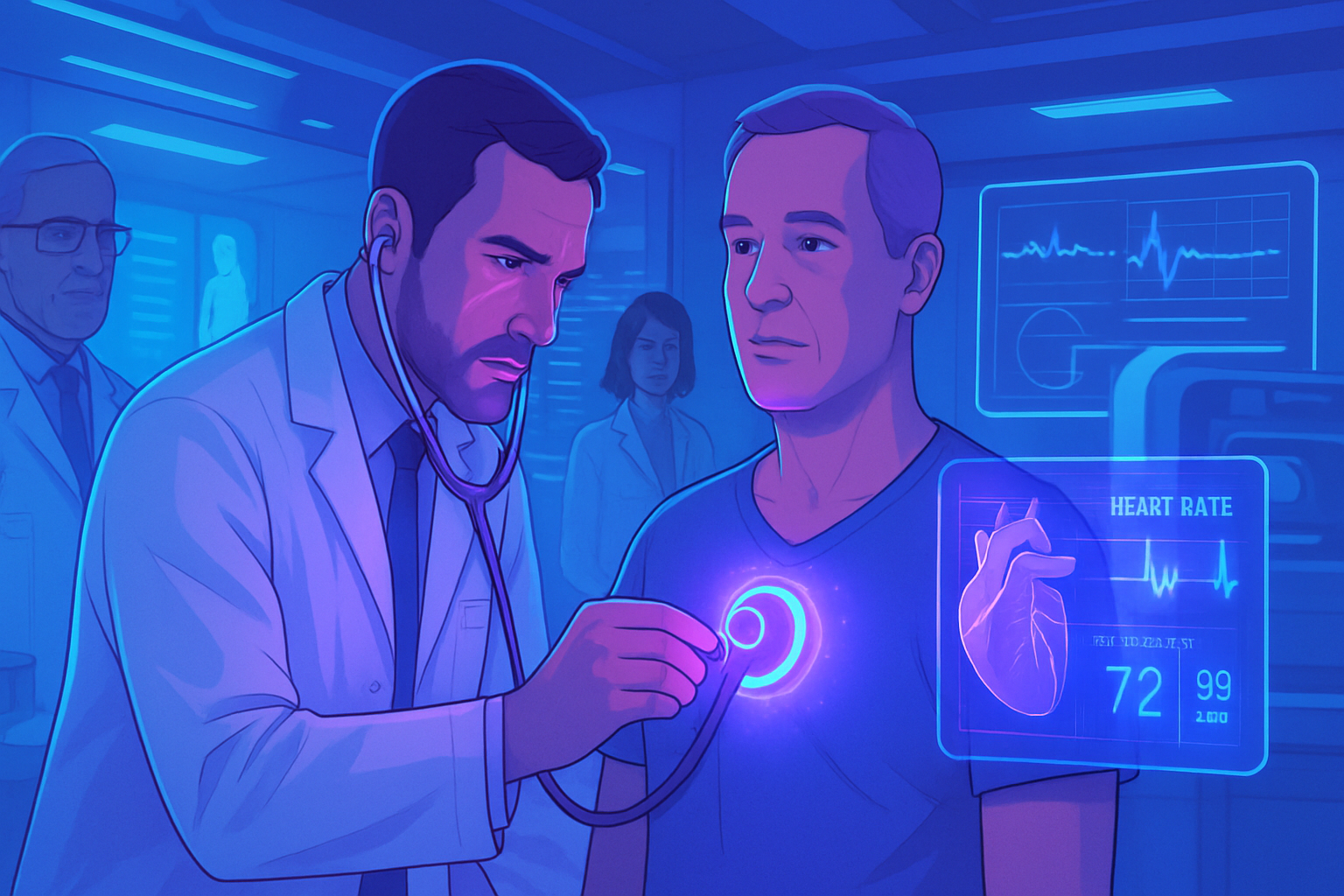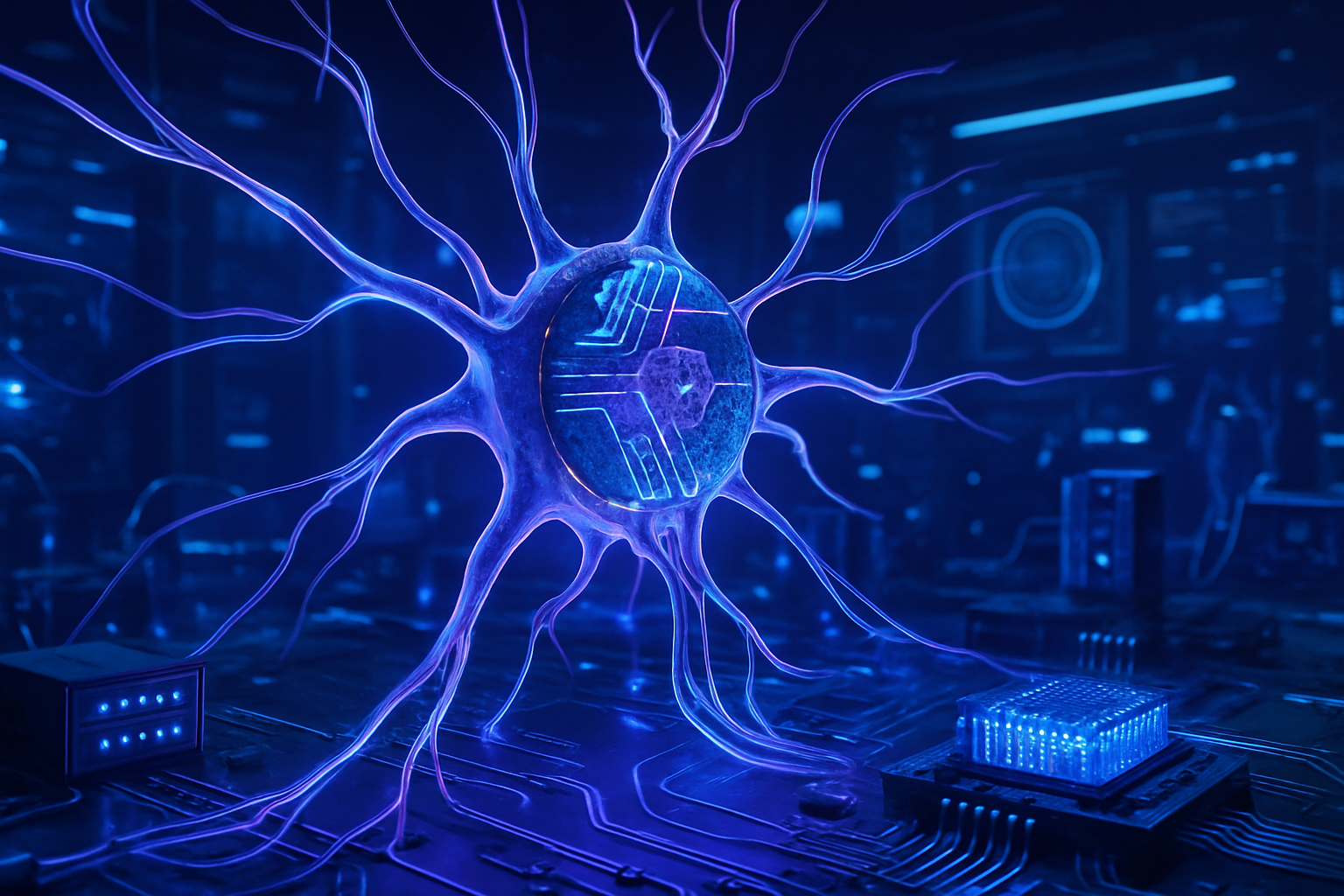The causal relationships between genes remain a major scientific issue. A deep understanding of these interactions could reveal the underlying mechanisms of many pathologies. An innovative theoretical framework is emerging, capable of mapping these complexities.
*Causality models*, *learning from observational data*, and *molecular biology approaches* combine to offer a distinct panorama of genetic mechanisms. This theory aims to transcend the limitations of expensive experiments, relying solely on the analysis of collected data. Its implications could transform genomic research, encourage the discovery of targeted treatments, and equip scientists with more relevant tools to understand genetic regulation.
Discovery of a theoretical method to explore genes
Scientific research has recently made a leap forward thanks to the development of theoretical foundations to identify complex interactions between genes. The work conducted by researchers at MIT allows the study of gene behaviors and the understanding of their causal relationships. Furthermore, this method relies solely on observational data, thus avoiding the expensive experiments that sometimes prove unfeasible.
Identification of gene groups
Approximately 20,000 human genes interact in complex ways. The difficulty lies in identifying the relevant gene groups to target for studying their function. MIT researchers, using a technique called causal disentanglement, have developed a machine learning algorithm to effectively combine genes into related groups. This process allows for an in-depth exploration of causal relationships without resorting to experimental interventions.
The theory behind the method
This research falls within the framework of a phenomenon called genetic programs, which describe how genes regulate other genes within biological processes such as cellular development. MIT’s innovative approach will, in the future, allow for a better understanding of these mechanisms from observed data, creating a more interpretable model of gene interactions.
Reconstruction of a causal representation
The researchers have designed a structural system that analyzes causal relationships between genes. By using statistical techniques to examine the variance of scores of each variable, they identify genes that do not influence others. By successively eliminating genes without variance, they manage to reconstruct a hierarchical model, thereby revealing how genes interact within causal modules.
This process represents a major combinatorial challenge, requiring the creation of an efficient algorithm capable of solving this complex problem.
Future applications in genetics
The implications of this research are vast. Scientists can, in the first instance, apply this method to real genetic data. Subsequently, the technique could also suggest new perspectives on effective genetic interventions, identifying drug targets likely to treat certain pathologies. This work opens promising perspectives for precision medicine, targeting genes involved in specific diseases.
MIT’s work is partially funded by the MIT-IBM Watson AI Lab and the U.S. Office of Naval Research. These studies will contribute to illuminating the complex challenges of gene-environment interactions and the epigenetic process.
Such advancement will allow researchers to refine their understanding of genetic expression programs, a key area in the fight against genetic diseases and cancers.
Future perspectives
Ultimately, this causal theory represents a potential major advance in the study of genes and genomes. Researchers plan to extend their work to incorporate intervention data, thereby providing a richer view of genetic dynamics. The ability to discern within this complex network of genes could lead to more targeted and effective treatments for many medical conditions.
Previous studies have highlighted the importance of gene-environment interaction. By approaching observational databases, scientists will be able to better elucidate the effects of genetic variations and understand their impact on human development and pathologies.
Frequently asked questions
What is a causal theory in genetics?
A causal theory in genetics is a conceptual framework that allows for the analysis and study of causal relationships between genes by identifying how certain genes can influence the expression of other genes in complex biological processes.
How do researchers identify causal relationships between genes?
Researchers can use advanced statistical methods and machine learning algorithms to analyze observational data, thus allowing for the aggregation of genes into related groups to determine their interactions and causal effects.
What is the importance of using observational data in the study of genes?
Using observational data is crucial as it eliminates the need for expensive and sometimes unethical experiments. It allows researchers to understand the underlying mechanisms without resorting to direct interventions that could disrupt the biological system.
What challenges do scientists face when analyzing genetic interactions?
The main challenge lies in the complexity of interactions among the 20,000 genes that a human has. Additionally, genes often interact in modules, making the identification of their causal relationships a highly complex issue.
How do artificial intelligence techniques help understand genetic relationships?
Artificial intelligence techniques, such as machine learning algorithms, provide powerful tools to model and analyze complex data sets, enabling researchers to identify patterns and causal relationships more effectively.
What could be the practical applications of research on causal relationships between genes?
Practical applications include the discovery of genetic targets for the development of precise treatments for diseases, improving understanding of fundamental biological processes, and optimizing therapeutic interventions based on genetic interactions.
What does the process of aggregating genes into related groups entail?
The aggregation process involves grouping genes that interact coherently to regulate other genes. This helps create causal modules that facilitate the study of causal relationships and establish a clearer representation of biological mechanisms.
Why is it important to understand the underlying mechanism of cellular states?
Understanding the underlying mechanism of cellular states is crucial as it allows for the interpretation of how cells function and react to stimuli, which is essential for advancing research on cancer, genetic diseases, and other pathological conditions.






